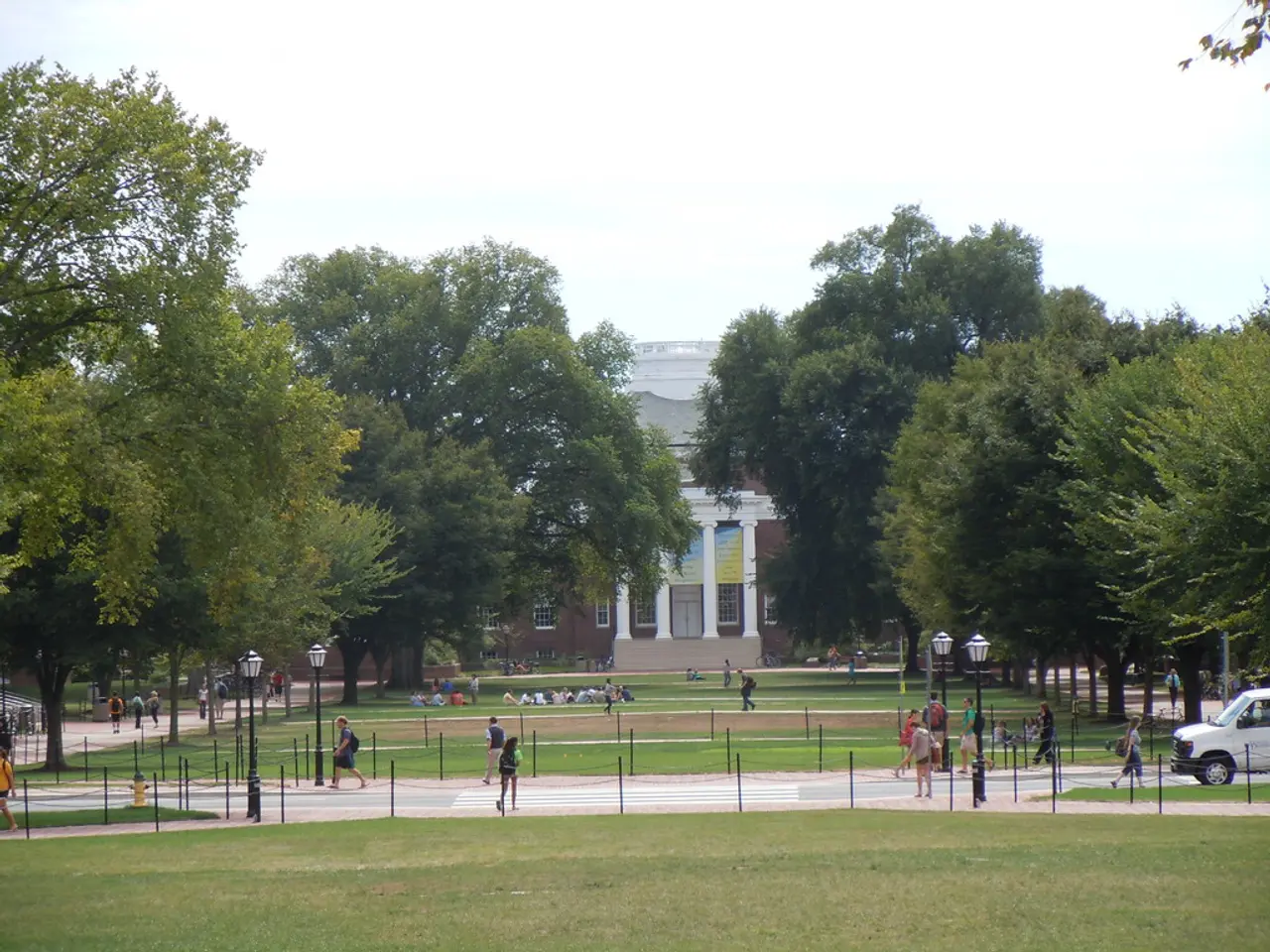Examining the Regular and Ex exceptional Age Ranges of First-Year College Students
In the United States, the age diversity among college freshmen is on the rise, influenced by various factors such as non-traditional enrollment patterns, changes in admissions criteria, and broader demographic shifts.
One of the key contributors to this diversity is an increase in adult and non-traditional students. Enrollment gains have been seen across all adult age groups, indicating more older students are starting college. This growth suggests a broadening of the traditional college-age population to include adult learners returning to or starting college later in life.
The pandemic has also caused shifts in college admissions, making processes more holistic and accessible. This has broadened the applicant pool, not only in socioeconomic and racial terms but also in terms of age, since non-traditional students may have stronger non-test-based qualifications such as life experience or career goals.
Socioeconomic factors also play a significant role. Many older students may return to college part-time or after workforce experience, often driven by economic needs or career changes. Low-income and first-generation students are also increasingly represented, and these groups often include older students who delay college enrollment.
Behavioral and developmental differences also contribute to variations in age cohorts. Studies show differences in developmental timing and educational behaviors by age and gender that might influence when students enter college.
Despite the increase in older students, they face higher dropout rates compared to traditional-age freshmen, reflecting the challenges they encounter balancing education with other responsibilities.
The age diversity of college freshmen is expected to continue increasing in the coming years due to the rising cost of education, the increasing popularity of gap years, and the growing number of non-traditional students.
International students come from diverse educational backgrounds, with varying ages at which they complete secondary education. Some exceptionally bright students might skip a grade or participate in early college programs, enabling them to begin their freshman year at 17 or even younger.
The interaction between younger and older freshmen creates a rich learning environment, as each group brings unique experiences and perspectives to the college experience. Older freshmen, particularly non-traditional students, often possess a greater sense of maturity, focus, and life experience.
Several resources and support systems are available for older college freshmen, such as mentoring programs, career counseling, and financial aid options designed for students with families or independent living situations. Older students may have a clearer understanding of their career goals and a stronger motivation to learn due to their life experiences and financial responsibilities.
Being an older freshman can be an advantage, as older students often possess greater maturity, focus, and life experience, which can contribute to their academic success. However, it's important to note that academic success is determined by a complex interplay of factors, including intelligence, motivation, study habits, and access to resources.
Despite the challenges, the age diversity among college freshmen in the United States reflects shifts in societal trends, educational policy, and economic realities impacting when and how students enter college.
- The increase in adult and non-traditional students, coupled with the holistic changes in college admissions, is contributing to the broadening of the traditional college-age population, fostering learning opportunities for personal growth through education-and-self-development, as older students bring a wealth of life experience alongside their academic pursuits.
- In the rich learning environment that results from the coexistence of younger and older freshmen, older freshmen, including non-traditional students, can leverage their personal growth, greater sense of maturity, focus, and life experiences for academic success, relying on resources and support systems tailored for their unique circumstances to foster educational and career advancement.




